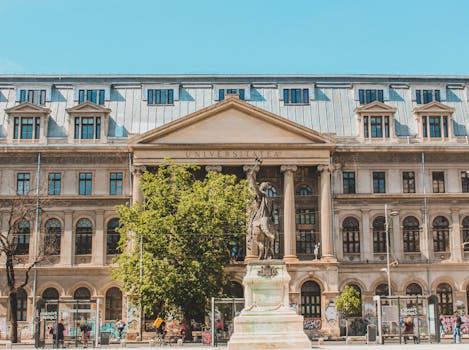Urban Green Spaces: The Future of Outdoor Living in European Cities by 2025
Urban Green Spaces are the future of outdoor living in European cities. As the world becomes increasingly urbanized, cities are recognizing the importance of incorporating green spaces into their infrastructure. These spaces not only provide a tranquil escape from the hustle and bustle of city life but also offer numerous benefits for the environment, public health, and community engagement.
Introduction to Urban Green Spaces
Urban green spaces refer to areas of vegetation, such as parks, gardens, and green roofs, that are integrated into the urban environment. These spaces can be found in various forms, from small pocket parks to large urban forests. They play a crucial role in maintaining ecological balance, mitigating the urban heat island effect, and improving air quality.
Benefits of Urban Green Spaces
The benefits of urban green spaces are numerous and well-documented. Some of the most significant advantages include:
- Improved Air Quality: Urban green spaces help to remove pollutants from the air, reducing the negative impact of urbanization on respiratory health.
- Reduced Stress: Spending time in nature has been shown to reduce stress levels, improve mood, and promote overall well-being.
- Increased Community Engagement: Urban green spaces provide a platform for community events, fostering social connections and a sense of belonging among residents.
- Climate Change Mitigation: Green spaces help to mitigate the urban heat island effect, reducing the amount of energy needed to cool buildings and homes.
European Cities Leading the Way
Several European cities are at the forefront of urban green space development, incorporating innovative and sustainable designs into their infrastructure. Some notable examples include:
- Barcelona’s Superblocks: A pioneering urban planning project that prioritizes pedestrian-friendly spaces, green areas, and reduced traffic congestion.
- Copenhagen’s Green Roofs: The city’s mandatory green roof policy has resulted in over 60% of rooftops being covered in vegetation, reducing stormwater runoff and improving air quality.
- Paris’s Urban Forests: The city’s ambitious plan to plant 20,000 new trees by 2025 will not only improve air quality but also provide shade, reduce noise pollution, and enhance biodiversity.
Challenges and Opportunities
While urban green spaces offer numerous benefits, there are also challenges to be addressed. Some of the key obstacles include:
- Space Constraints: Finding available space in densely populated cities can be a significant challenge.
- Funding: Implementing and maintaining urban green spaces requires significant investment, which can be a barrier for cities with limited budgets.
- Community Engagement: Encouraging community participation and ownership of urban green spaces is crucial for their long-term success.
Despite these challenges, the opportunities presented by urban green spaces are substantial. By prioritizing green infrastructure, cities can create healthier, more sustainable, and more resilient environments for their residents.
Conclusion
Urban green spaces are the future of outdoor living in European cities. As we look to 2025 and beyond, it is essential that cities prioritize the development and maintenance of these sustainable spaces. By doing so, we can create thriving, eco-friendly environments that improve the quality of life for urban residents, foster community engagement, and contribute to a more sustainable future.



